1920s
Up until the 1920’s, there was no such thing as a facial tissue. That’s when Kleenex came up with a clean and convenient way to remove Cold Cream. On June 12, 1924, the new global icon was born.
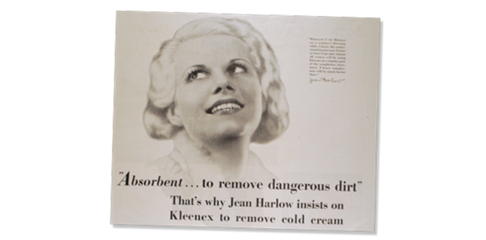
Up until the 1920’s, there was no such thing as a facial tissue. That’s when Kleenex came up with a clean and convenient way to remove Cold Cream. On June 12, 1924, the new global icon was born.
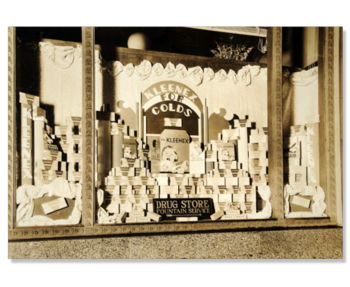
Consumers soon found another benefit and use for these facial tissues - for colds! We responded with a new positioning - The handkerchief you can throw away! Kleenex also arrived in Australia in this decade. In 1932, we launched the first Pocket Pack tissue. In 1939 we expanded local operations to include packaging Kleenex facial tissue at the manufacturing base in Surry Hills, Sydney.
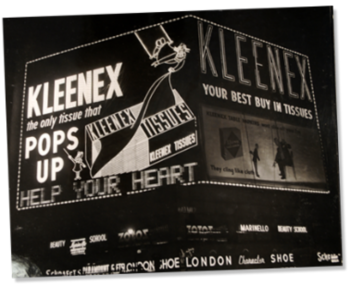
In 1941 our ‘True Confessions’ campaign received over 125,000 responses about how consumers use their Kleenex Tissues. Popular promotions and advertising continued throughout World War II and became hallmarks of our brand. Kleenex teamed up with iconic 1930’s comic strip character, Little Lulu, to help explain the changes to our tissues, during this period.
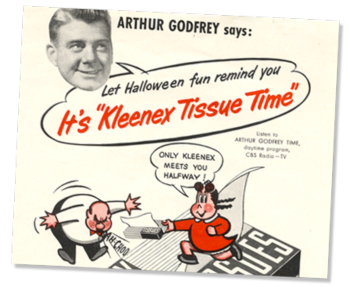
Our Brand remained an innovative leader in the market with celebrity endorsements and advertisements. The popular Little Lulu continued to sell Kleenex tissues. In 1956, we moved to a larger premises at Lane Cove, Sydney.
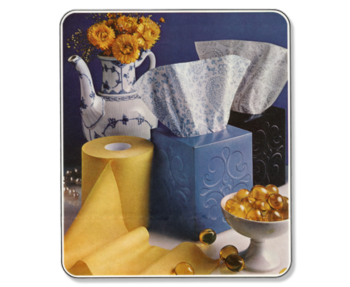
Our Millicent Mill in South Australia, started up its first creped wadding machine in 1960 to produce facial tissue. In 1967, we introduced the Boutique Tissue, becoming the first in the industry to produce an upright carton.

Our brand turns the big 6-0.
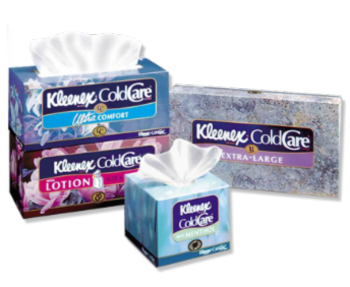
Kleenex Cold Care is introduced to consumers, with facial tissues specifically created for those who suffer from colds or allergies.
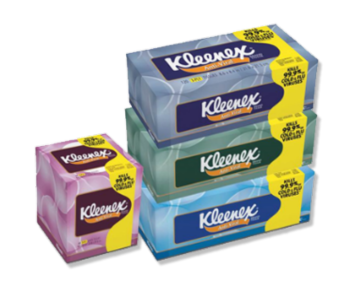
Kleenex was comforting families in over 150 countries. We launched a new Anti-Viral tissue, a super premium 3-ply tissue with a moisture-activated middle layer that was designed to help to stop cold and flu viruses.
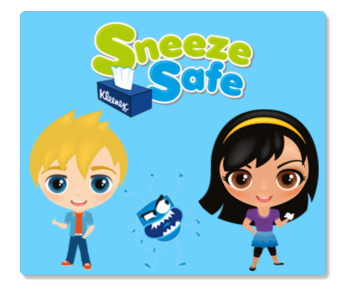
Kleenex supported the development of a routine to help teach kids about hand hygiene before they head off to school. The three steps, known as Catch it. Bin it. Kill it, are now part of a nation-wide education program in Australian schools providing kids with good personal hygiene habits and helps prevent the spread of viruses.